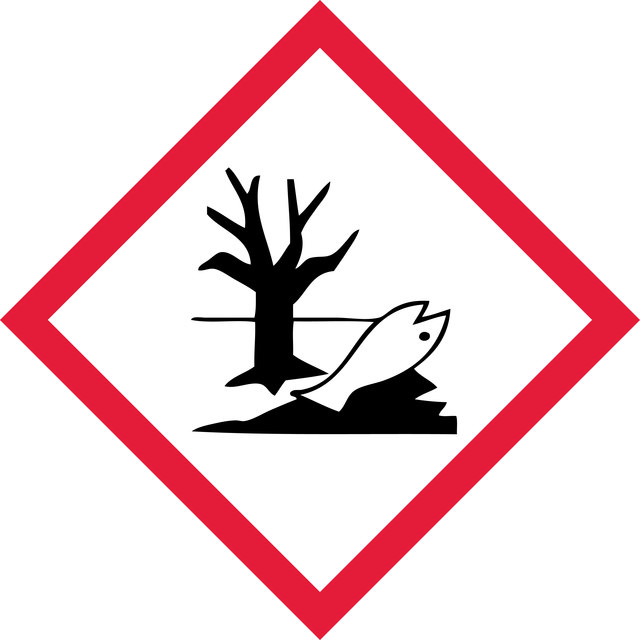443786
Tetrachloroethylene
ACS reagent, ≥99.0%
Synonym(s):
PCE, Perchloroethylene
Select a Size
About This Item
19 mmHg ( 25 °C)
grade
ACS reagent
Quality Level
vapor density
5.83 (vs air)
vapor pressure
13 mmHg ( 20 °C)
19 mmHg ( 25 °C)
assay
≥99.0%
form
liquid
technique(s)
FTIR: suitable
impurities
≤0.05% water
evapn. residue
≤0.0005%
color
APHA: ≤10
refractive index
n20/D 1.505 (lit.)
bp
121 °C (lit.)
mp
−22 °C (lit.)
solubility
water: soluble 0.15 g/L at 25 °C
density
1.623 g/mL at 25 °C (lit.)
SMILES string
Cl\C(Cl)=C(\Cl)Cl
InChI
1S/C2Cl4/c3-1(4)2(5)6
InChI key
CYTYCFOTNPOANT-UHFFFAOYSA-N
Looking for similar products? Visit Product Comparison Guide
Related Categories
General description
Premium ACS Solvents: Our solvents meet or exceed the stringent standards set by the American Chemical Society, ensuring high quality and reliability for your laboratory applications.
Replicable and Publishable Results: Designed for consistency, our solvents deliver results that can be reliably reproduced, making them ideal for research that requires publication.
Versatile Applications: Suitable for routine chemical synthesis, drying, purification, and critical labware cleaning, our solvents cater to a wide range of research needs in the laboratory.
signalword
Warning
Hazard Classifications
Aquatic Chronic 2 - Carc. 2 - Eye Irrit. 2 - Skin Irrit. 2 - Skin Sens. 1 - STOT SE 3
target_organs
Central nervous system
Storage Class
6.1C - Combustible acute toxic Cat.3 / toxic compounds or compounds which causing chronic effects
wgk_germany
WGK 3
flash_point_f
No data available
flash_point_c
No data available
Choose from one of the most recent versions:
Already Own This Product?
Find documentation for the products that you have recently purchased in the Document Library.
Our team of scientists has experience in all areas of research including Life Science, Material Science, Chemical Synthesis, Chromatography, Analytical and many others.
Contact Technical Service

